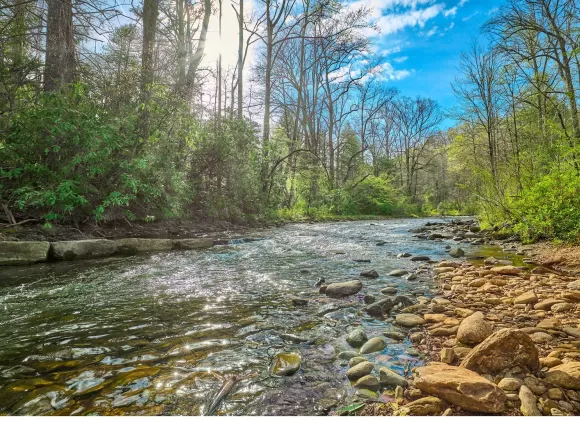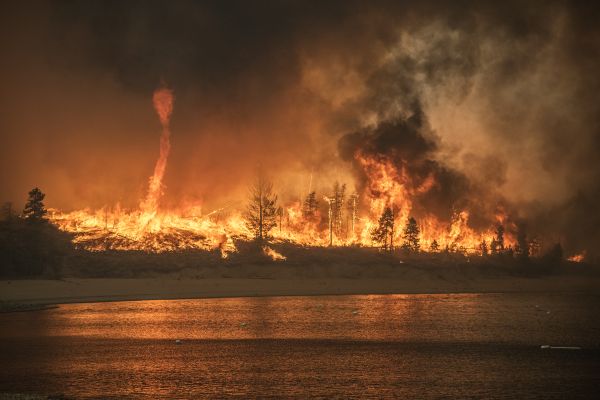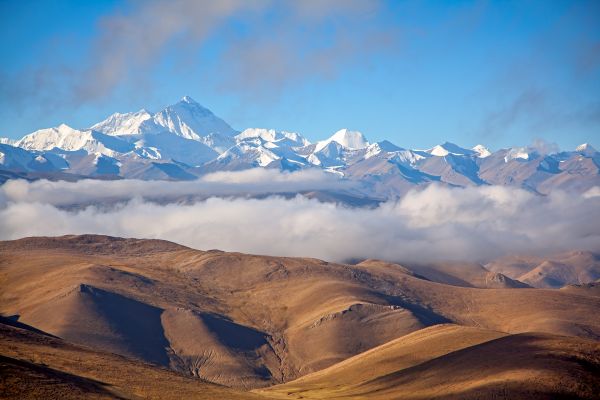We support research that untangles the complex relationships between oceans, land and atmosphere, and the crucial impacts humans and other living things have on the planet's well-being.
With backing from NSF, researchers study short-term weather and long-term climate patterns, geology and tectonics, ocean sciences and the rapidly changing polar regions. They explore from the Earth's deep core to the space weather generated by the sun. And they investigate the Earth's past to try to project what the future might hold.
What we support
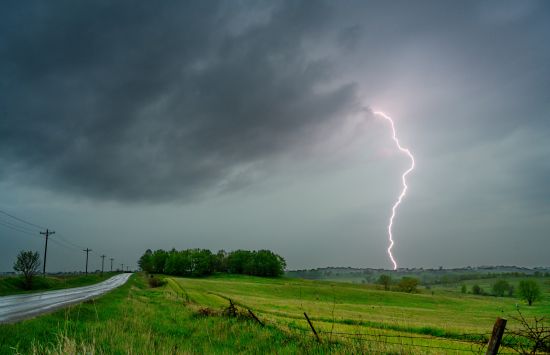
Atmospheric sciences
We support research to understand the behavior of the Earth's atmosphere and its interactions with the sun.
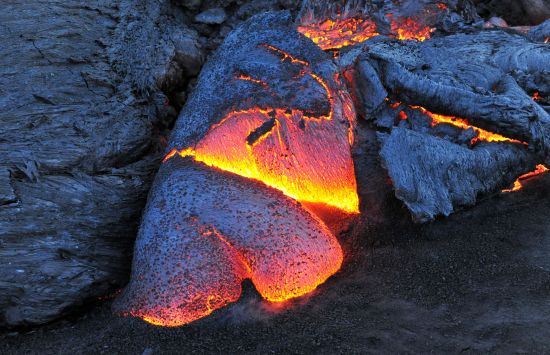
Earth sciences
We support research to improve understanding of the structure, composition, processes and evolution of the Earth.
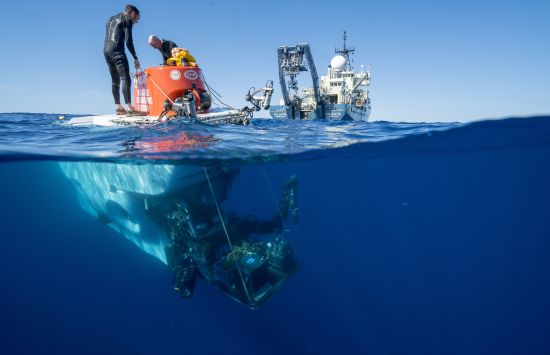
Ocean sciences
We support research and education on all aspects of global oceans and their interactions with the earth and the atmosphere.
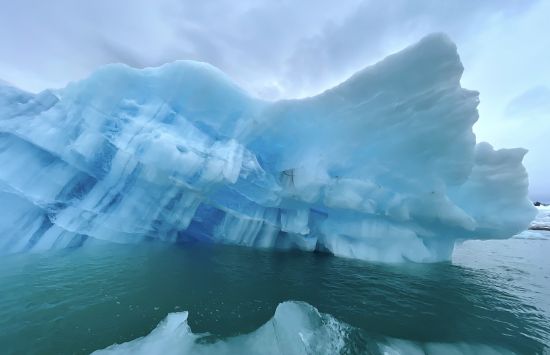
Polar research
We support world-class Arctic and Antarctic science through grants, polar facilities and operational support.
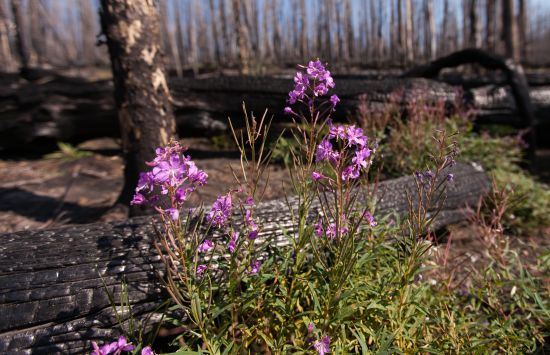
Environmental biology
We support evolutionary and ecological research on species, populations, communities and ecosystems.
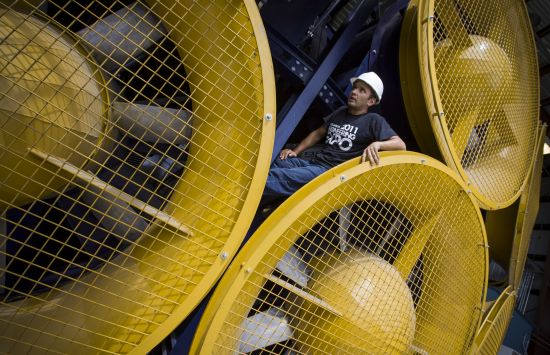
Environmental sustainability
We support transformative research in sustainable engineering and systems that support the natural environment. Our programs include:
Featured news
Educational resources
- Hazards scene activity: Find and circle safety risks in everyday life.
- Snapshot safari activity: Explore the many unique habitats that make up the continent of Africa, and the animals that live there.
- The scientific method activity: Learn how to use the scientific method to test a hypothesis with an experiment.
- Water versus land: Explore different bodies of water and landforms. Recommended for grades K–5. (Black-and-white version)
- The water cycle: Learn about the ways that water moves on Earth. Recommended for grades 3–6.
- Ancient animal puzzle: Learn how fossils form and what we can learn from fossils. Recommended for grades 3–7.
- Plate tectonics puzzle: Learn about the Earth's tectonic plates, which fit together like puzzle pieces. Recommended for grades 3–8.
- Gravity on Earth: Construct a 3-dimensional globe and learn about gravity and how it varies around the world. Recommended for grades 9–12. (Black-and-white version)
- Soil sleuth activity: Explore how physical properties of soil, like grain size and how those grains cluster together, can influence how much water passes into and through it. Recommended for grades 4–12.
- Thunderstorm activity: Observe lightning formation.
- Recycling hidden picture activity: Spot the recyclable objects in a classroom.
- Science of rocks worksheet: Learn about rocks. Recommended for grades K–3.
- What's in a rock? worksheet: Learn about different types of rocks. Recommended for grades K–3.

